Diana Rahima| Sakina Mahdi| Jana al-Issa
Six years old Nahla stood before the camera with an absent look on her face, blood-stained fingers, and smeared clothes. She said “yes!”, answering the journalist who asked her if she still loved her father, who beat, chained, and imprisoned her.
The short video went viral on social networking sites in early May, A few days after it featured the now dead little Nahla, who became famous as the little girl with the chain in hand— the same chain that her father used to tie her up with.
The video caused a shift in viewers’ reactions, changing the condemnation of the grotesque scene that overcome Syrian netizens and their shock at the practices of the “murderer” father and the “oblivious” camp to the journalist and “feeble” laws.
Only a few days after Nahla’s story gained digital momentum, the violent visuals of Rahaf sent a new wave of anger among social networking sites’ users. Rahaf brought to the camera a body full of bruises caused by her father too, who beat her almost to death.
The violent set of visuals set the viewers wondering, where were the camp’s residents when Rahaf screamed for her life? How many cases of excessive violence against children have escaped the scrutiny and the eyes of the dozen child organizations in the area? What have “liberation advocates” been doing the whole time, while claiming the need to cleanse the society of practices that stood at odds with the “values of the Syrian revolution, standing against violence and oppression”?
Condemnation of violence against children is often limited to mere criticism, and of extreme cases that result in grave consequences, particularly when the child subjected to violence dies or develops a permanent disability.
However, the Syrian anti-violence stance has been undergoing a critical shift, for reactions today are made to varying degrees and forms of violence against children. In April, for instance, another video took the internet by storm, showing a teacher in the Baraem Model Primary School, in Idlib, inflicting collective punishment on students in the school’s yard.
Most of the Syrian commentators decried the means teachers are using to discipline children in government schools across the areas held by the armed opposition groups. These comments were not governed by the fatality logic that characterized earlier reactions to violence and presented an indicator that marked a change in the social perception of violence, the treatment of children and a new tendency towards demanding accountability and protection of children.
In this extensive article, Enab Baladi discusses the root causes that made Syrian society tolerant of violence against children, and the reasons that have turned many fathers and mothers into the abusive parents they sometimes are.
Furthermore, Enab Baladi addresses the role of law and concerned organizations in stopping the practice, by referring to a group of experts and specialists.
Negligence, a charge and an excuse
Nahla’s father—who became abusive father incarnate in the eyes of many who followed his daughter’s case and saw the iron cage in which he was leaving her before her death— was released from prison less than a month after his arrest. Authority “investigations” concluded that his only guilt was “negligence.” A close relative of the father told Enab Baladi that authorities released him after he signed a pledge that he would not treat his second daughter the same way.
“Negligence” was also what angered those who learned that the journalist Ahmad Rahal knew of Nahla’s story weeks before she died and that he shot the video but did not publish it. Viewers denounced his failure to disclose her case and help her before it was too late, especially that he knew she was being tortured and imprisoned.
Later, Rahal posted another video on his personal Facebook page, explaining that he could not post the little girl’s video because the camp’s residents warned him against turning the story into a public cause, which could have divided the camp against itself. The camp director, Hisham al-Omar, confirmed to Enab Baladi Rahal’s claims.
Back then the journalist chose to present the information he had to authorities and waited for them to act. But unfortunately, they did not respond.
Many versions of Nahla’s story were told. These different accounts made it difficult for the people who attentively followed her case to make a clear-cut judgment as whom to hold accountable for the little girl’s demise. Nevertheless, the followers agreed on denouncing the lax attitude with which authorities treated Rahal’s report, not even trying to help her.
Enab Baladi sent the Syrian Salvation Government (SSG) asking about the progress of the investigation and the concerned authority’s refrain from acting on Rahal’s first report, which he made almost two months before Nahla’s death. The SSG did not answer at the time of writing. However, its affiliated Ministry of Interior soon declared that it has arrested the father and that it is conducting a probe into the death causes, calming that Nahla died choking on food, denying the charges of torture, “negligence and carelessness.”
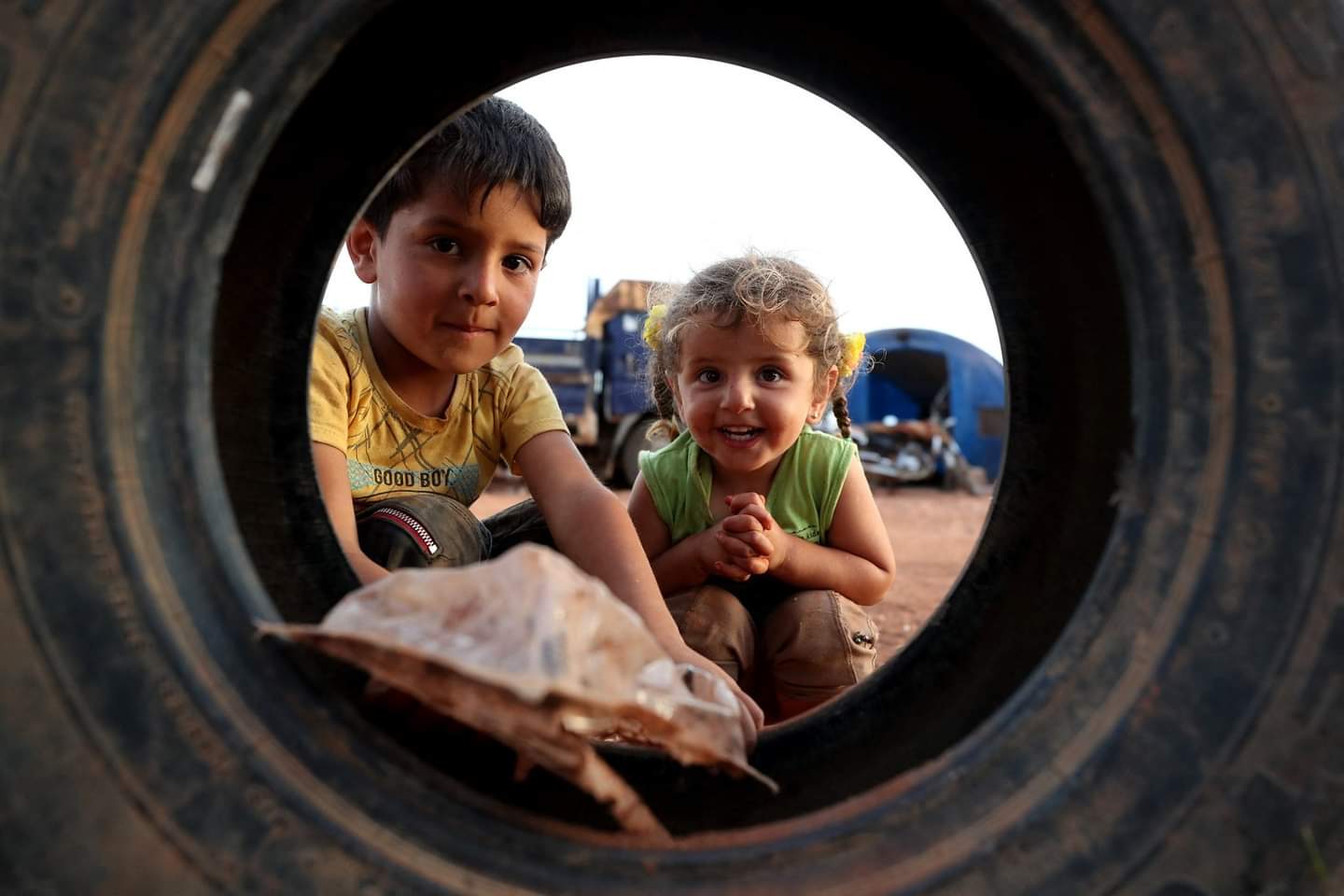
Syrian children playing in the IDPs camp in the city of Ma’arrat Misrin, in Idlib province, northwestern Syria— 8 May 2021 (AFP/ Omar Haj Qadour)
Authorities in the absence of the law
The SSG has been the predominant power in Idlib and parts of the western countryside of Aleppo since 2017. However, military and administrative control did not come with a constitution or firm regulations. The SSG legal system chiefly depends on individual interpretations of the Islamic Sharia rulings to solve disputes in general. Lacking as it is, the SSG-operated judiciary did not put in place particular laws regarding violence against children and the protection of victims, contrary to the Syrian Penal Code adopted as a source of reference by the Syrian Interim Government (SIG) since its inspection.
The Syrian Penal Code No. 148 of 1949 is considered the primary reference for the judiciary to define what is considered a criminal act in Syria. But this code too is short on explicit articles that protect the child from domestic violence or by any other non-family members being a member of the society’s vulnerable groups. Lawyer Ahmad Sawan told to Enab Baladi that there is an article in the law that even allows parents and teachers to use corporal punishment against children on the pretext of “discipline.”
Article No. 185 of the Penal Code entitles parents and teachers to use corporeal violence on the pretext of “discipline,” and other guises permitted by “general custom.”
Under this article, the law grants a teacher or parents who subject a child to violence without leaving beating marks on the child’s body a “mitigating excuse.” Namely, violence perpetrators are exempted from punishment.
Sawan added that the law addresses the situation differently in the case of deliberate harm, that causes injuries or fractures. Articles No. 540 and No. 543 treat children as adults when subject to harm and grant them access to similar legal rights.
He added that the punishment depends on the severity of the harm inflicted upon the victim, varying between a term of preventive detention, from one day to 10 days, or regular imprisonment, amounting to a term of six months maximum. The prison sentence might extend to three years when the affected person is prevented from attending to his/her job for 20 days and to 10 years, when the affected person develops a permanent disability, loses one of the senses, or undergoes an amputation.
In the pre-war years, the presence or the absence of specialized laws in Syria did not eliminate violence and corporal punishment from Syrians’ practices or habits in treating their children. After the war, an atmosphere of violence overwhelmed children and parents, leading to inescapable consequences.
Violence, an alternative to love
In 2019, Syria ranked among the most dangerous countries for children, along with Afghanistan, Iraq, Congo, Nigeria and Mali. In a November 2020 report, Save the Children said that one out of every five children lives in conflict zones or adjacent areas.
On 29 April 2021, Save the Children issued a report capturing the increasing rates of suicide among Syrian children in northwestern Syria. The organization attributed the hike to several reasons, notably poverty, lack of education and domestic violence.
Save the Children called “on donors and the international community to increase their investment in mental health programming as well as increased tailored support for survivors of suicide and victims of domestic violence.”
Psychiatrist Ismail al-Zalq told Enab Baladi that one of the most difficult experiences that a child might go through is repeated violence, noting that such treatment leads to psychological and behavioral repercussions on children that affect their personalities and their interaction with their surroundings. Repercussions include lack of responsiveness and perception, speech impairments, and hyperactivity, as well as loss of appetite and inability to interact with the community.
Tracking the roots of embracing violence as an up-bringing method, sociologist Muhammad Salloum said that while the war is responsible for the spike in violence rates and its triggers, the initial reasons for using violence still lie in the ways parents were originally brought up.
Salloum told Enab Baladi that violence against children actually ties into the “residuals of violence that have taken root in the minds of Syrian individuals.” He added that there is a connection between practicing violence as a means of bringing up a child and behavioral correction.
The parents’ lack of adequate education and the spread of violence in an “unstable environment” put limitations on fathers’ and mothers’ awareness as to the proper means of dealing with their children. Salloum added that this is what “transforms past victims to today’s predators” and directly affects children being the “weakest link” is such environments.
Salloum warned that denouncing violence does not necessarily end the practice, because perpetrating violence by the strong against the weak is supposedly intolerable by society, but still it is being practiced as if “normal and acceptable,” given that some individuals go as far as providing a “cover-up” of violence cases and avoid addressing them.
The vicious circle of victimization
Domestic violence takes various forms; it could be physical, verbal, emotional, sexual, or even financial. Violence is also a universal phenomenon that spares no society, but in the fashion of all other negative phenomena it escalates due to war pressures and crises, UOSSM’s mental health program officer, Beshr Al Haj Hussain, told Enab Baladi.
Al Haj Hussain said that chronic strain that a society’s individuals suffer from during wars, including loss, poverty, rare chances of employment, and lacking basic aid, as well as enjoying little to no stability, all contribute to increasing “anxiety.” He added that these sources of pressure, with a perspective of less likely positive changes in the future, motivate the proliferation of domestic violence, with differences of contexts and circumstances pertaining to each separate case.
He added that adults, in the throes of pressure, lose control and energy. They experience a state of “bankruptcy” of the abilities to initiate dialogues or attempt to understand. Consequently, they resort to violence, deemed an easier way, to deal with their children, instead of rearing them, or even trying to fathom proper ways of upbringing.
Al Haj Hussain added that children themselves become difficult to attend to as they experience the same war circumstances that parents endure, in addition to lacking secure spaces and necessary care. Children under such situations develop undesirable qualities, including hostility, stubbornness, passivity, and timidity. These qualities make them more vulnerable to violence of adults drained of the energy necessary for proper treatment. “In most cases of violence, we actually address both sides to the case—caregivers and children—as both are victims, and both need support and help.”
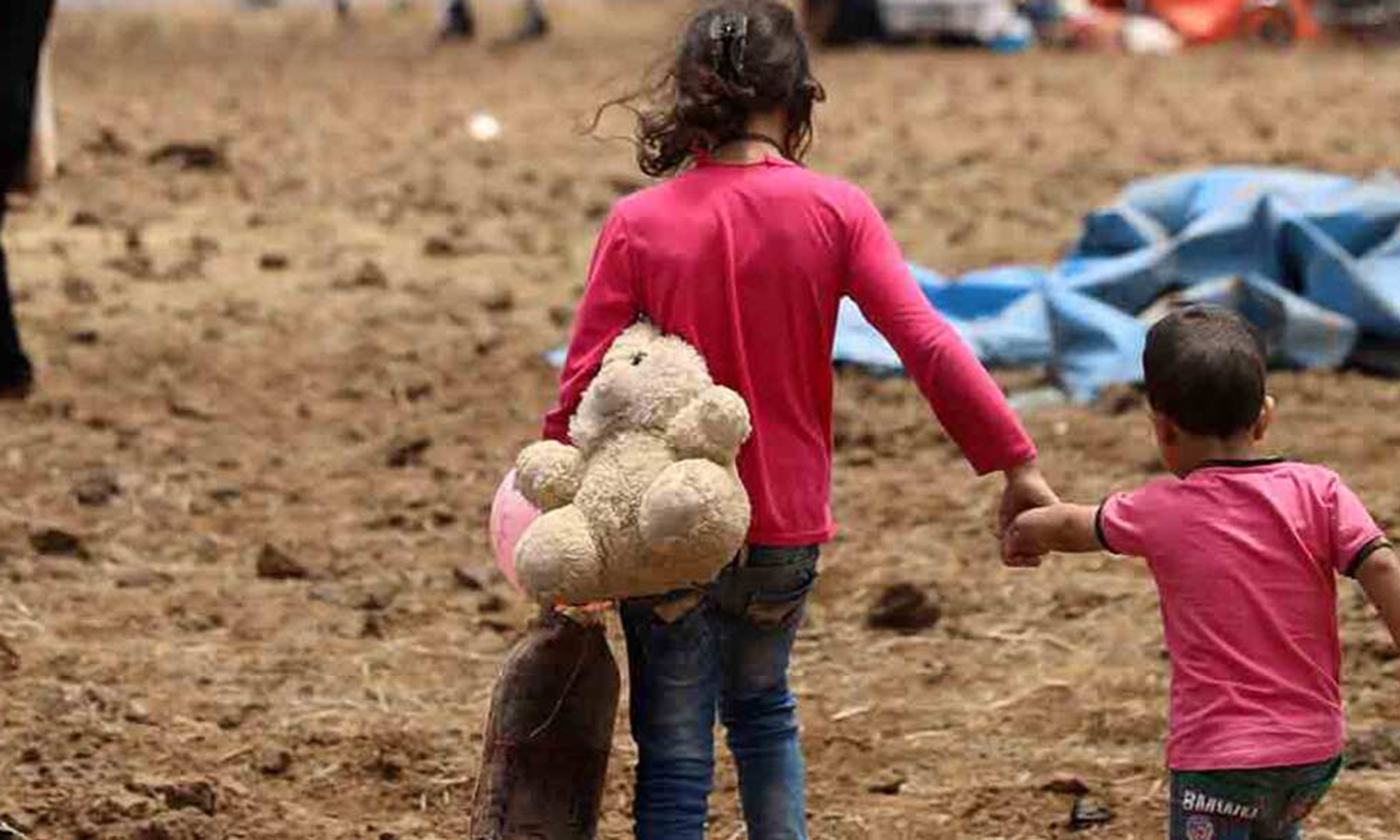
Syrian little girl displaced from Daraa province holding a stuffed toy near the Occupied Golan, in Quneitra province – 29 June 2018 (Reuters)
Should violence be left to its own course?
Al Haj Hussain cautioned against posting photos of violence victims on social networking sites, the way Nahla and Rahaf’s photos were excessively circulated, even though he acknowledges the role of such media uses to raise awareness and interfere to eliminate violence.
He added that in countries with clear protection laws and specialized authorities that respond to reporting and complaints, citizens’ role is to report an abuse to authorities, which in turn, make action to distance children from the sources of threat and transport them to safer places. However, in the absence of such laws and authorities, it is the citizen’s responsibility to spread the news and steer the public opinion as an authority.
In response to the lack of action in Nahla’s case, who was abandoned to her own fate as the camp’s people where she resided chose to remain passive, the action was “faster” in Rahaf’s case. Rahaf, 10 years old, reached the Bab al-Hawa hospital on the verge of death. She had bone fractures, bruises, hemorrhage, and kidney failure, all the result of violence and abuse practiced against her.
In Nahla’s case, people feared talking about the story and had their own reasons as why they chose not to intervene directly, approaching instead authorities that lack actual laws or effective accountability systems. In Rahaf’s case, both the reporting and authorities’ response were quick. The father was detained and interrogated.
Even though Rahaf was saved, revealing the recurrent violence she and her siblings suffered at the hands of their father under the eyes of the camp’s people where she lives, her story brought back many questions to the forefront, notably why a society would remain passive, unwilling to put an end to violence and help victims before they reach the phase were their lives are at stake?
“Pluralistic ignorance”
Why is violence ignored?
To fathom followers’ reactions to violence against children, Enab Baladi posed the following question on its social networking platforms: should you witness a situation where a child is being abused by a parent, would you report the situation to relevant authorities?
Of the respondents, 65% answered “yes”, while the remaining 35% said “no,” commenting that they prefer not to intervene.
Enab Baladi also conducted a series of interviews with locals from northern Syria, asking them the same question. Most of the interviewees highlighted a difference between “disciplinary” beating, which they called “normal,” and “torture,” which to eliminate they would even stand as witnesses in court.
Psychotherapist Ahmed Sheikhani said that people tend to correlate safety with crowds. That is, they believe that crimes, abuses or improper practices are unlikely to occur within a crowd because the chances that someone would interfere to stop violent perpetrators increase. However, such beliefs are incorrect.
Sheikhani added that a varied set of psychological factors are at play to lure individuals and stop them from taking a step to stop the violence or other crimes they might bear witness to in public.
Sheikhani based his argument on a study by social psychologist John M. Darley that addressed “pluralistic Ignorance.” The study posits that an individual is less likely to take the initiative to intervene, when in a group. This Darley attributed to the individual’s inability to fathom how grave the crime he/she is witnessing when committed in public. This prevents the individuals from offering help because they tend to be skeptical of their evaluation of the situation when other people ignore it.
Sheikhani added that in their study the “Bystander Effect”, Darley and co-author Bibb Latane, argue that masses (pluralism) mitigate the individual sense of responsibility, to the extent that even when an individual is capable of recognizing the seriousness of the situation he/she is witnessing, he/she might not feel that it is his/her own responsibility to stop it. This the two psychologists call “diffusion of responsibility.”
It is “pluralistic ignorance” that deprived Nahla and Rahaf of help from the people surrounding them. None of the camp’s residents felt directly responsible for intervening to prevent parents from practicing violence against their children.
Thus, psychotherapist Sheikhani added, the individual’s awareness of the dangers that lie in the misconception of safety in the crowd or plurality might motivate a positive behavior in dangerous situations. “Although there might be no safety in plurality, there is often safety in knowledge.”
Misconception about the family role
According to psychiatrist Jalal Nofal, there is a misconception— which feeds the illusion of safety in society— that the family is the one who protects the child. This notion Nofal described as “incorrect.”
The remnants of education and the beliefs that parents have received do not make them the chief source of protection. Rather, it may turn them into sources of violence, based on their understanding and perspective of beating as a form of upbringing. Nofal told Enab Baladi that parents’ failure to protect their children “is not surprising.”
The psychiatrist said that many mental pressures might press parents into using violence against their children, abuse, or even murder them. He said that anger, the weight of unbearable burdens, the desire to escape reality, as well as suicidal ideations all might cause parents to direct violence from the self to the child.
There is also the fear of children themselves as they engage in conflicts and violence, recruited as child soldiers and allowed access to arms. In such cases, all parents can do is redirect their inability to control the situation through practicing violence against their other and younger children, Nofal said. He added that lack of education and knowledge denies people access to proper mechanisms of treating their children.
Nofal added that it is the state that should protect the children. “However, the major problem in Syria as a whole is that there is no state.”
What can child organizations do?
In northwestern Syria, the absence of the state did not itself create a vacuum that encourages violence, for controlling violence is not exclusively the responsibility of laws. Humanitarian organizations also share some of the responsibility.
In northwestern Syria, relief organizations, operating in coordination with UN agencies, have access to beneficiaries, without getting caught up in the cycles of delay and bureaucracy, even though some of the armed groups in control of the area might interfere in their work at times.
Al Haj Hussain told Enab Baladi that organizations address the need for protection from violence through preventative measures, on two levels, caregivers and children. Organizations provide parents and caregivers, such as teachers, with the knowledge necessary to deal with and understand children, while raising their awareness of the negative consequences of maltreatment. Organizations, for example, provide teachers with training in “parenting skills”.
Pertaining to children, organizations provide child-aimed psychological support sessions, to help them be more positive and cooperative with their parents and other caregivers, and to teach them how to stay away from behaviors that make them vulnerable to violence.
Al Haj Hussain added that some cases require direct intervention with psychological support sessions for adults and families, which UOSSM provides through its 23 centers in northwestern Syria, its mobile teams, or through the remote communication service dedicated to psychological counseling.
Organizations intervene whenever possible to help victims and resolve disputes, and sometimes they resort to local authorities to mitigate or stop cases of domestic violence, he added, noting that this does not always guarantee the elimination of violence.
Unprotected organizations, unprotected children
The scope of child protection expands from providing education, healthcare, and basic needs, to addressing other target groups such as unaccompanied children and orphans, as well as the rehabilitation of child soldiers, among other aspects that organizations in northwest Syria are working to meet while attempting to overcome their own challenges that relate to the support services they offer.
According to Al Haj Hussain, one of the key problems that organizations working in the field of protection may face is the lack of experience and the necessary capacity to professionally manage cases of children exposed to violence without causing harm.
He added that the absence of relevant governmental bodies and clear laws on child protection are also major obstacles, for there are no authorities to protect children or the organization trying to help them. The alternative is then resorting to local civil authoritative figures, such as community leaders and other influential people who can intervene and convince the perpetrators of violence to stop their abuses.
Child protection also requires societal mobilization and support in various fields, according to Al Haj Hussain. On the level of society, he added, meeting the basic needs of the population and alleviating the impact of displacement remain principal measures. “This subject matter is a compound one; it is political, humanitarian and societal. [. . .] Under current circumstances this is what the organizations can provide.”
The situation is “better now”
Director of Hurras Network, Ahmad Arafat, does not see a connection between increased humanitarian needs, during the war, and the hike in domestic violence cases.
Arafat believes that the organizations’ work and campaigns had a positive impact on raising community members’ awareness regarding violence, despite the lack of care centers and response that have been limited only to reported cases, without investigating into the ones that are engulfed in silence.
He added that society shrugged at abstinence from using violence against children in the early years of the revolution, even though violence continues to be perpetrated and the insufficient efforts made to end the practice
Arafat said that prioritizing basic needs, such as food, clothing and housing, over awareness-raising efforts and psychological treatment, had an impact on the protection organizations’ performance. He added that what is required for the current phase is working on a legal framework to criminalize child abuse, in parallel with providing parents and caregivers with their needs to help them be more responsive to awareness-raising efforts.
Eleven organizations work within the “protection sector” in northwestern Syria, according to UN reports, specialized in protecting children and caregivers from the dangers of domestic violence, gender-based violence, recruitment and other threats.
According to the Humanitarian Needs Overview for 2021 by the United Nations Office for the Coordination of Humanitarian Affairs (UNOCHA), “the deteriorating economy and widespread poverty, lack and loss of livelihoods, destruction and loss of housing and property, protracted and multiple cycles of displacement, substandard living conditions (even for people in areas of relative stability), family separation and the breakdown of family or community support structures have depleted the coping abilities of individuals and communities and generated high levels of psychological distress. As a result, people resort to harmful coping mechanisms (including child labour, child recruitment, different forms of exploitation and child/forced marriage) while over-reliance on humanitarian aid persists.”
The overview adds that “within the affected population, protection issues disproportionately affect groups such as women, children, especially adolescent boys and girls, older persons, persons with disabilities and other vulnerable, marginalized or socially excluded people and groups. They also face additional barriers to access the limited available services.
if you think the article contain wrong information or you have additional details Send Correction
النسخة العربية من المقال
-
Follow us :













 Edited by Enab Baladi
Edited by Enab Baladi





 A
A
A
A
A
A
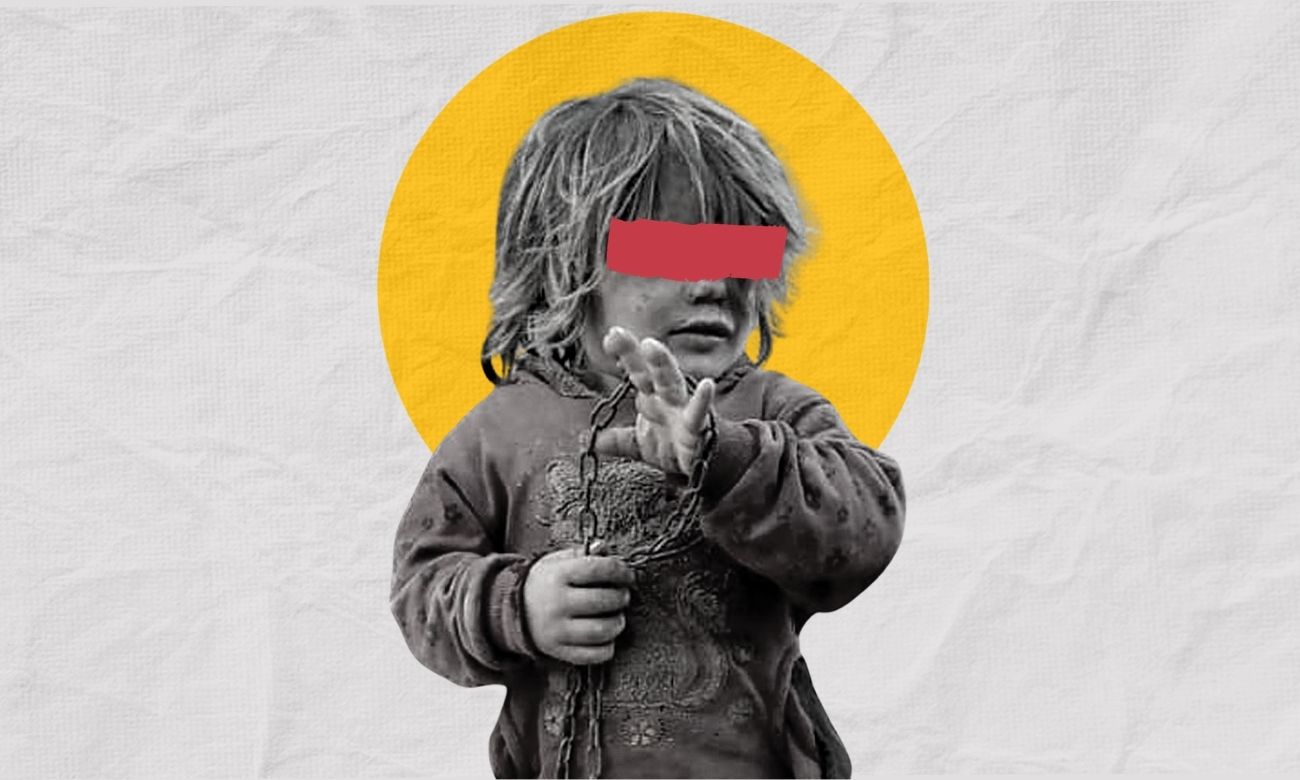


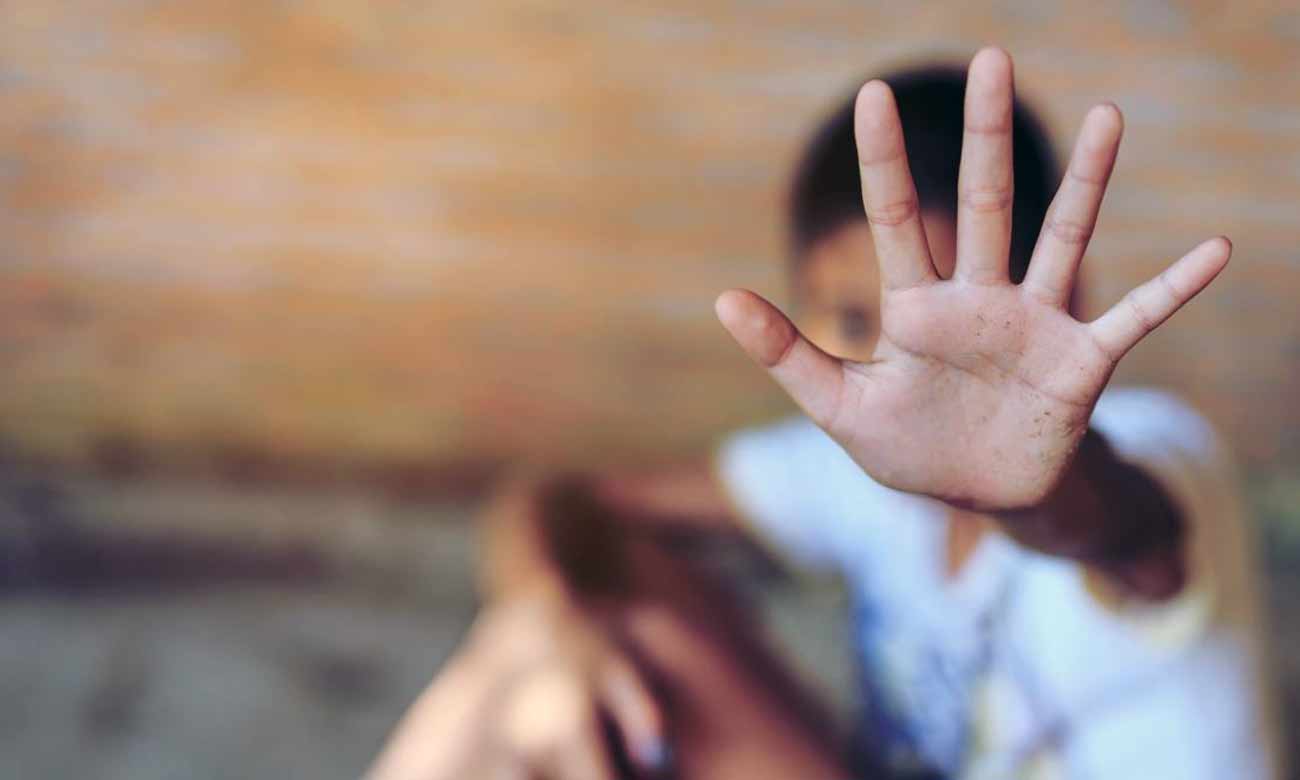


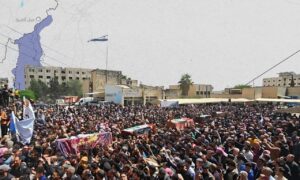



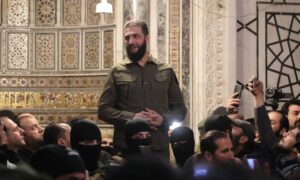
 More In-Depth
More In-Depth